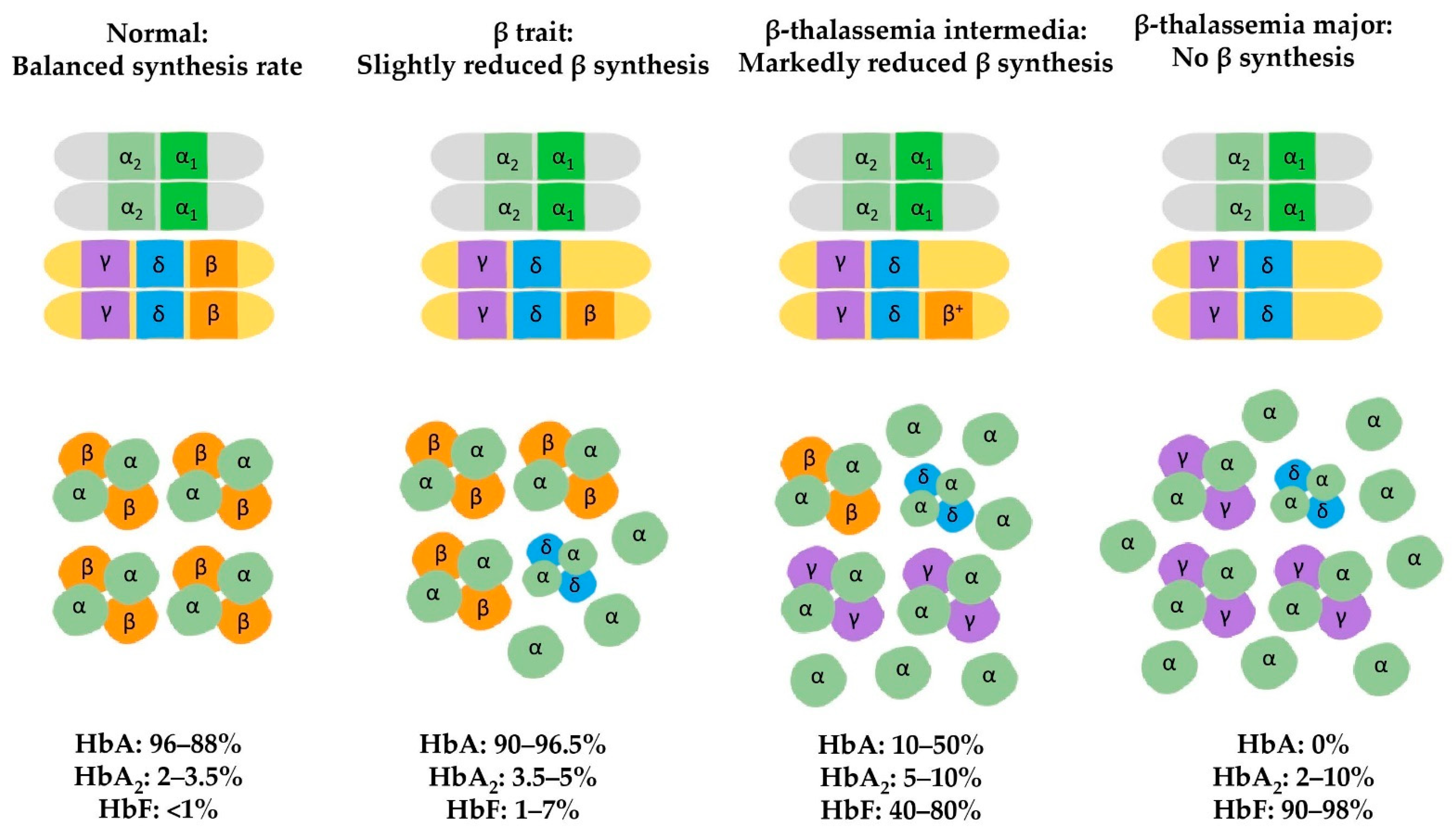

Patients must be subjected to rehabilitative treatment to help them regain the ability to perform daily activities independently. The sensitive/motor deficits impede the performance of activities of daily living (ADLs), such as reaching, grasping, and lifting objects, as well as walking, etc., in the surviving individuals ( Chen J.

The broad spectrum of induced disabilities includes a reduced range of motion (ROM), strength of the affected limb, and abnormal inter-joint coordination ( Chen J. It leads to a total or partial loss of aptitude to trigger muscle activation to perform any activity ( Borboni et al., 2016). Stroke is accounted one of the dominant causes of severe and long-term disability. This calls for consideration of extra safety precautions for this vulnerable population to protect them from infected environments, namely strictly abiding by the quarantine rules and social distancing, as breaking them could prove fatal ( Markus and Brainin, 2020). In fact, the odds of severe COVID-19 infection increase by 2.5 times in patients with a history of cerebrovascular disease ( Aggarwal et al., 2020). emphasized that COVID-19 puts post-stroke patients at a greater risk of developing complications and death.

In a pooled data analysis published in the International Journal of Stroke (IJS), Aggarwal et al. This situation has had a considerable impact on the lives of certain more vulnerable groups on a larger scale, namely people living with chronic diseases such as stroke. In the present time of the COVID-19 pandemic, the lives of individuals have been drastically affected due to the imposed restrictions such as social distancing, curfews, and travel restrictions. The presented design paradigm based on the above-mentioned leading technologies could lead to the development of promising home rehabilitation systems, which encourage stroke survivors to engage in under-supervised or unsupervised therapeutic activities.Ĭoronavirus disease 2019 (COVID-19) is an infectious disease with serious public health risk declared a global pandemic by WHO on March 11, 2020. In this framework, each rehabilitation device acts as an agent in the network, using the internet of things (IoT) technologies, which facilitates learning from the recorded data of the other agents, as well as the tele-supervision of the treatment by an expert. Subsequently, a conceptual framework on the development of smart and intelligent community-based home rehabilitation systems based on novel mechatronic technologies is proposed.
The text cannot be longet than the original szs modifier software#
Mechatronic, control, and software aspects of the system are discussed to provide a classified roadmap for home-based systems development. In this paper, a comprehensive review on developed home-based rehabilitation technologies of the last 10 years (2011–2020), categorizing them into upper and lower limb devices and considering both commercialized and state-of-the-art realms. Utilizing accessible state-of-the-art technologies, home-based rehabilitation devices are proposed as a sustainable solution in the current crisis.

Despite the imposed restrictions, early neurorehabilitation cannot be postponed due to its paramount importance for improving motor and functional recovery chances.


 0 kommentar(er)
0 kommentar(er)
